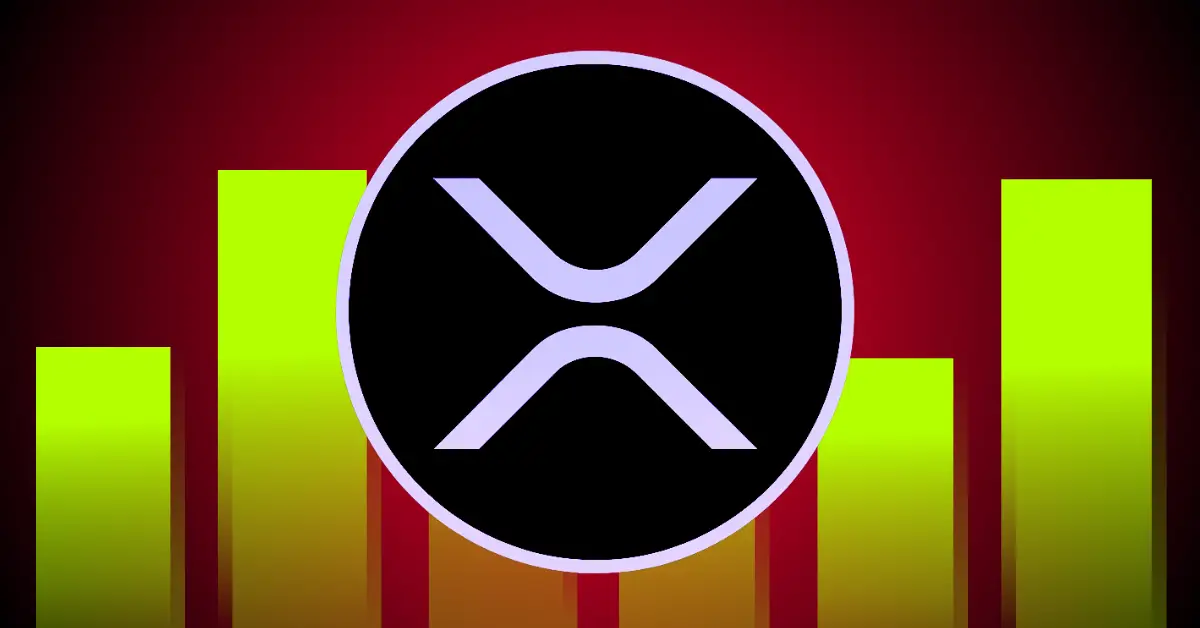The Battle for Global Payments: Can XRP Challenge SWIFT’s Dominance?
The Financial Landscape in Flux
The global financial ecosystem is undergoing a seismic shift, driven by technological innovation and the relentless pursuit of efficiency. At the heart of this transformation is the clash between traditional systems and disruptive technologies. One of the most compelling narratives in this space is the potential for Ripple’s digital asset, XRP, to challenge the dominance of the Society for Worldwide Interbank Financial Telecommunication (SWIFT). The stakes are high, with estimates suggesting that a significant portion of SWIFT’s $21 trillion annual transaction volume could be up for grabs.
Understanding SWIFT: The Backbone of Global Finance
SWIFT has been the linchpin of international finance for decades, facilitating the secure and reliable exchange of financial information between banks and financial institutions. Its network is the invisible infrastructure that enables trillions of dollars to flow across borders daily. However, SWIFT’s system is not without its limitations. Transactions can be slow, often taking days to settle, and the costs can be prohibitive, especially for smaller transactions. Additionally, the centralized nature of SWIFT makes it susceptible to political influence and censorship, as seen in instances where certain entities have been excluded from the network.
Ripple and XRP: The Disruptive Force
Ripple Labs has positioned itself as a challenger to SWIFT, leveraging blockchain technology to create a more efficient and cost-effective system for cross-border payments. XRP, Ripple’s digital asset, is designed to facilitate fast and low-cost transactions. Unlike Bitcoin, which operates on a decentralized blockchain, XRP is managed by Ripple Labs and operates on the XRP Ledger (XRPL), a distributed ledger database. This centralized approach allows for greater control and scalability, making XRP a viable alternative for financial institutions.
The $21 Trillion Target: A Bold Vision
Ripple’s ambition is nothing short of revolutionary. Brad Garlinghouse, Ripple’s CEO, has publicly stated that XRP could capture a significant portion of SWIFT’s transaction volume. Initial targets suggested a 14% share, which, based on SWIFT’s annual transaction volume of approximately $150 trillion, translates to roughly $21 trillion. More recent estimates have even bolder targets, aiming for a 20% share, which would equate to around $30 trillion.
The Advantages of XRP
Speed and Efficiency
One of XRP’s most compelling advantages is its speed. Transactions on the XRP Ledger typically settle in just a few seconds, a stark contrast to the days it can take for SWIFT transfers to complete. This speed advantage can significantly reduce settlement times and improve cash flow for businesses and financial institutions.
Lower Costs
Cost is another critical factor. SWIFT transactions can be expensive, with fees ranging from tens to hundreds of dollars, depending on the number of intermediary banks involved. In contrast, XRP transactions typically cost fractions of a cent, making it a much more affordable option for cross-border payments.
Transparency and Security
The XRP Ledger provides greater transparency than SWIFT. All transactions are recorded on a public ledger, allowing participants to track the movement of funds in real-time. This transparency can help reduce fraud and improve compliance with regulatory requirements.
Growing Adoption
Ripple has been actively working to expand the adoption of XRP by partnering with banks, financial institutions, and payment providers around the world. These partnerships are crucial for driving volume and establishing XRP as a viable alternative to SWIFT.
The Roadblocks Ahead
Despite its potential, XRP faces several challenges in its quest to capture a slice of SWIFT’s market share.
Regulatory Uncertainty
The regulatory landscape for cryptocurrencies remains uncertain in many parts of the world. Regulatory clarity is essential for fostering adoption and ensuring the long-term viability of XRP.
Competition
Ripple is not the only company seeking to disrupt the global payments market. Other blockchain-based solutions, as well as traditional payment providers, are also vying for market share.
SWIFT’s Response
SWIFT is not standing still. The organization is actively working to improve its services and modernize its infrastructure. SWIFT has launched initiatives to speed up payments, reduce costs, and enhance transparency.
Centralization Concerns
While XRP offers several advantages over SWIFT, some critics argue that its centralized nature is a disadvantage. The fact that Ripple Labs controls the XRP Ledger raises concerns about potential censorship and manipulation.
The Path Forward
Despite these challenges, Ripple remains optimistic about the future of XRP. The company is focused on expanding its network of partners, improving its technology, and working with regulators to create a clear and consistent regulatory framework. Ripple is also exploring new use cases for XRP beyond cross-border payments, such as micro-payments, remittances, and supply chain finance. By diversifying its applications, Ripple can increase the demand for XRP and solidify its position in the global financial ecosystem.
Conclusion: A Revolution in Progress
The ambition to capture a significant portion of SWIFT’s transaction volume is a bold one, reflective of the disruptive potential blockchain technology holds for the future of finance. Even if XRP falls short of its ultimate target, the effort to modernize cross-border payments will undoubtedly benefit businesses and consumers around the world by creating a more efficient, affordable, and transparent financial system. The revolution has begun, and the financial world will never be the same.
The Future is Fluid
The financial landscape is evolving rapidly, and the battle between traditional systems and disruptive technologies is far from over. Ripple’s quest to challenge SWIFT’s dominance with XRP is a testament to the transformative power of blockchain technology. As the world moves towards a more interconnected and digital financial ecosystem, the role of XRP and other digital assets will become increasingly significant. The future of finance is fluid, and the journey has only just begun.





